This is a repost from Photos of Arkansas, however I wanted to add it to my blog. This shot is from my 03/10/17 trip to Calico Rock, and the details of how I took shot are below.
Taken with a FujiFilm GFX 50s and 32-64 lens, ISO 200 hand held 5 part horizontal panorama.
Calico Rock has to be one of the best places in Arkansas to go and grab a panorama and feature both wonderful scenery and the White River. Just down stream on the White River you will find the town of Calico Rock and in this photograph the town is visible just off in the distance. You can spend the whole day here and the scene is always changing. On this day, I was there around 5:00 p.m. and there were no clouds in the sky at all. Many times I have been there and just had a huge blue sky with no clouds. For such a shot, clouds to me make it much more interesting, period. However on this day just as sun was starting to go down, a line of clouds rolled in and the moon rose over them. I could not have asked for a better scene.
On this evening I was shooting the Fujifilm GFX 50S, which is Fuji’s new entry into the Medium Format range of cameras. Fuji is using the same 50Mp sensor from Sony that has been used by Phase One, Pentax and Hasselblad. But this is the first large format camera from Fuji ever, as before all of their cameras have been APS-C. More about the camera in later reviews, but I have to say I am totally impressed with what can be done with this camera. I knew that the sensor had a lot of range since I used the Phase One versions, but never hand held. The Fuji GFX is both considerably lighter than the Phase One XF and the 120mm lens has image stabilization something that no Phase One lens has. Normally I have taken this in 15 exposures, 3 for each segment but with the GFX, I just took an exposure for the middle of the exposure range and pushed up the shadows and pulled down the highlights. Neither of the extremes were blown out. In fact the shadow recovery rivals the Nikon D810 and in fact may be just 1/2 a stop better. But the real amazing facet was just how sharp the 120mm lens was, outstanding optic.
This image has shadow push in several areas, the entire lower half of the left and right sides were pushed at least 2 stops and the middle of the image which was not in the sun was push at least 1 stop. The sky on the far left was pulled down 1 1/2 stops and the sky on the far right was pulled down 1 stop.
I took these Fuji Raw files straight to a panorama in Lightroom first, and then worked on the image in both Lightroom and Photoshop with several Topaz tools.
Overall the color and clarity is excellent throughout, and I have attached a couple of full sized crops below to show this. The first is the lower right side featuring the bluff and the trees along the river. This part of the image was pushed as much as 2 stops and I still have a nice green color in the trees that are just starting to leaf out. The other crop is from the center of the image where the sun was shinning and again you can see that the amount of fine details is very impressive.

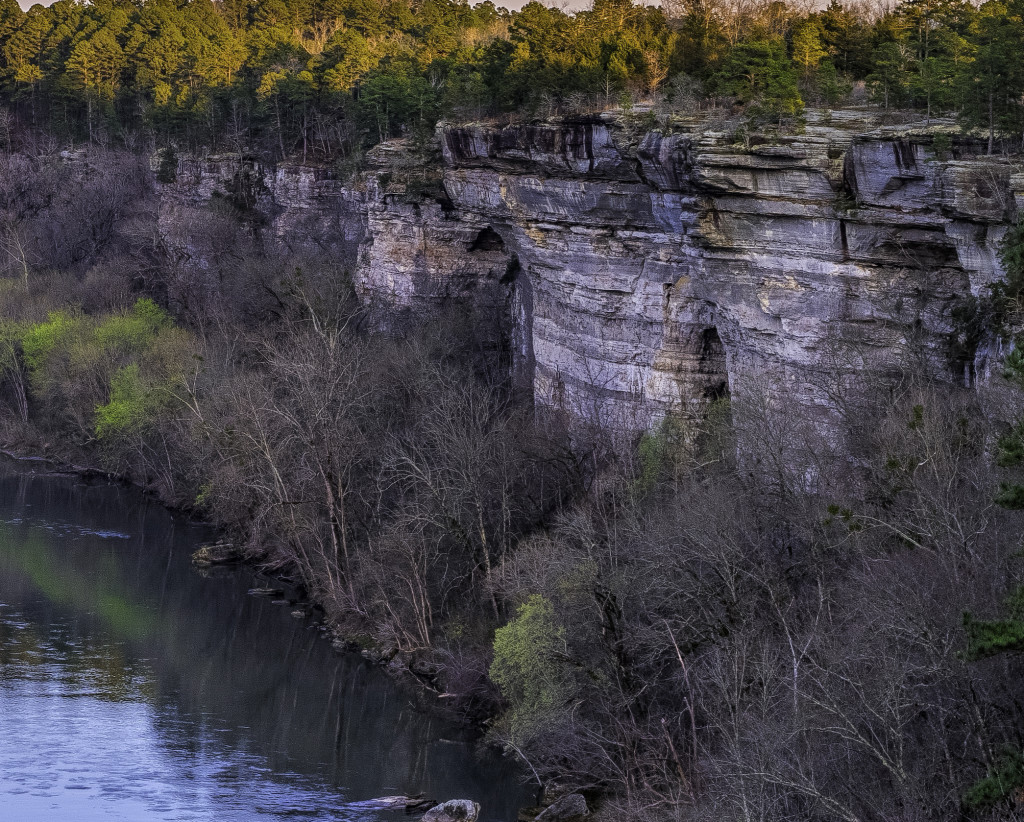
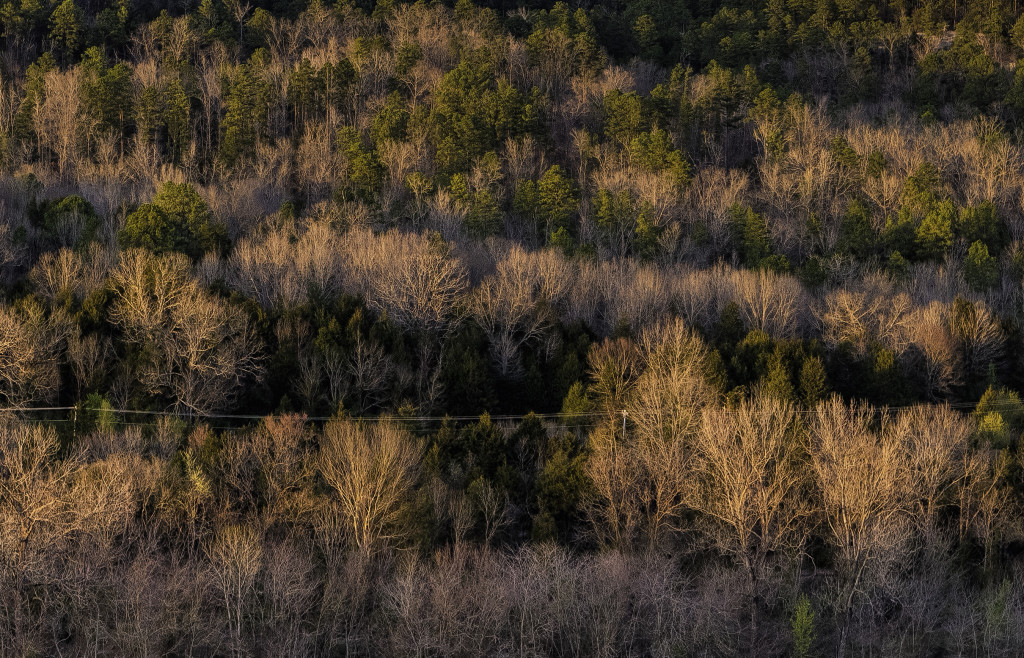
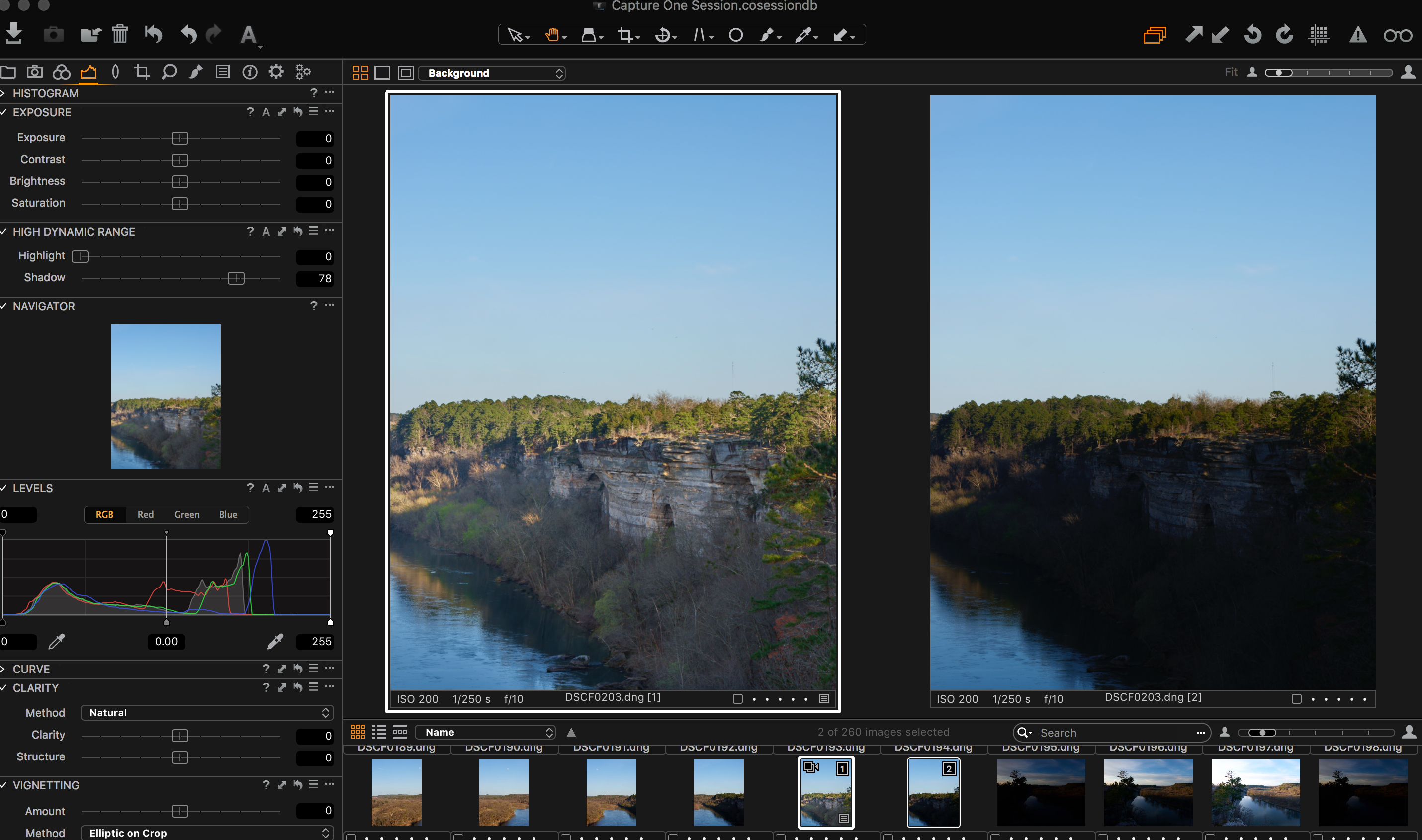
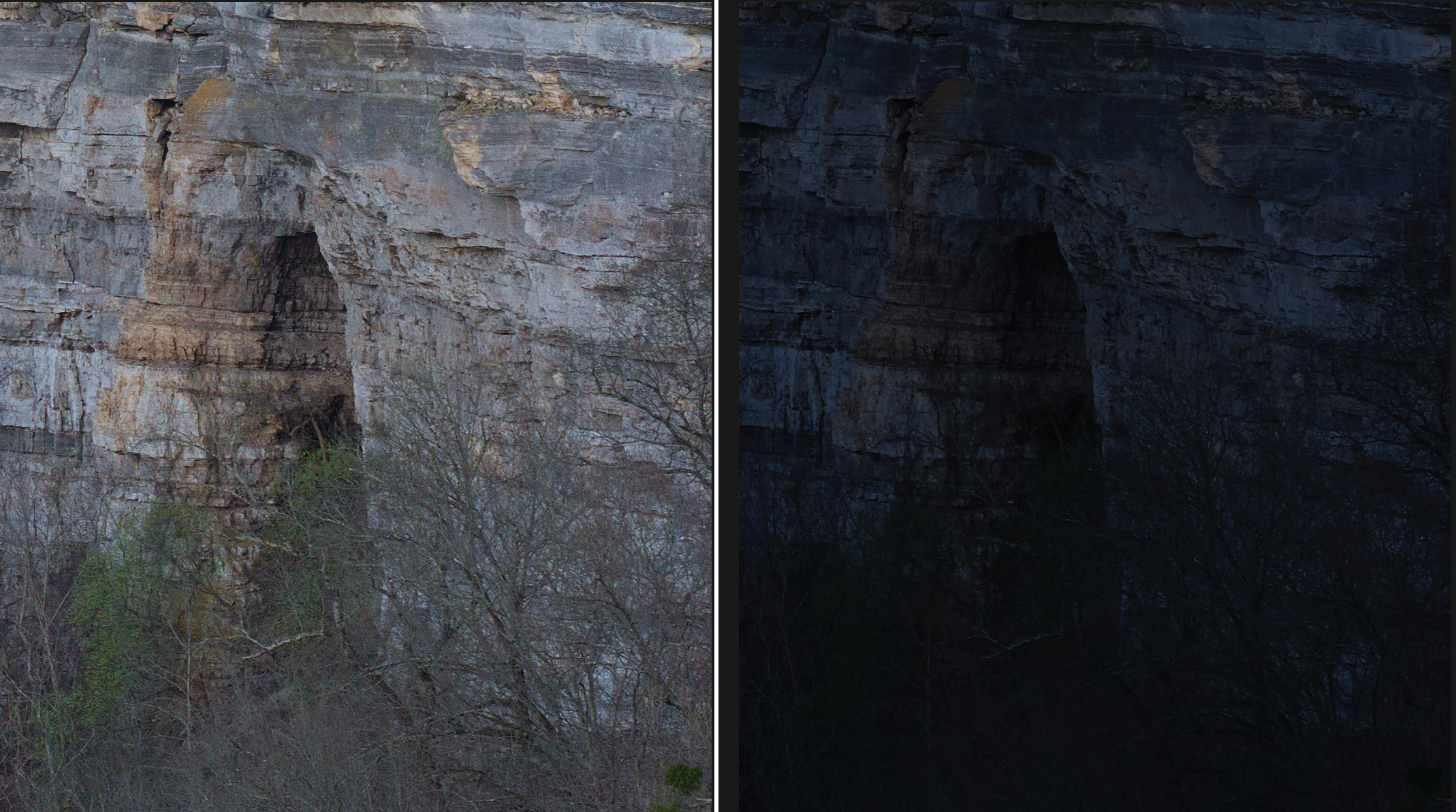
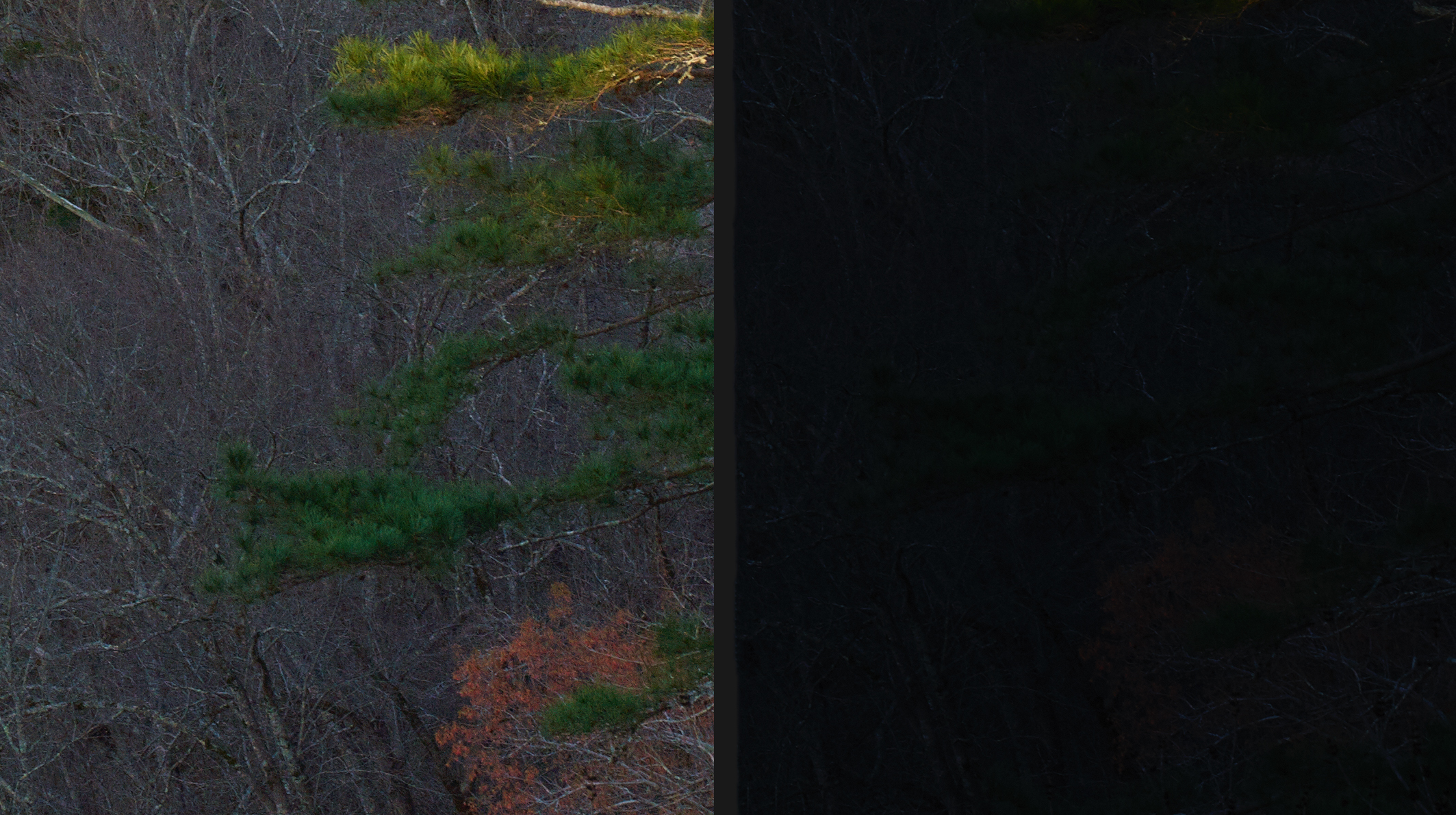
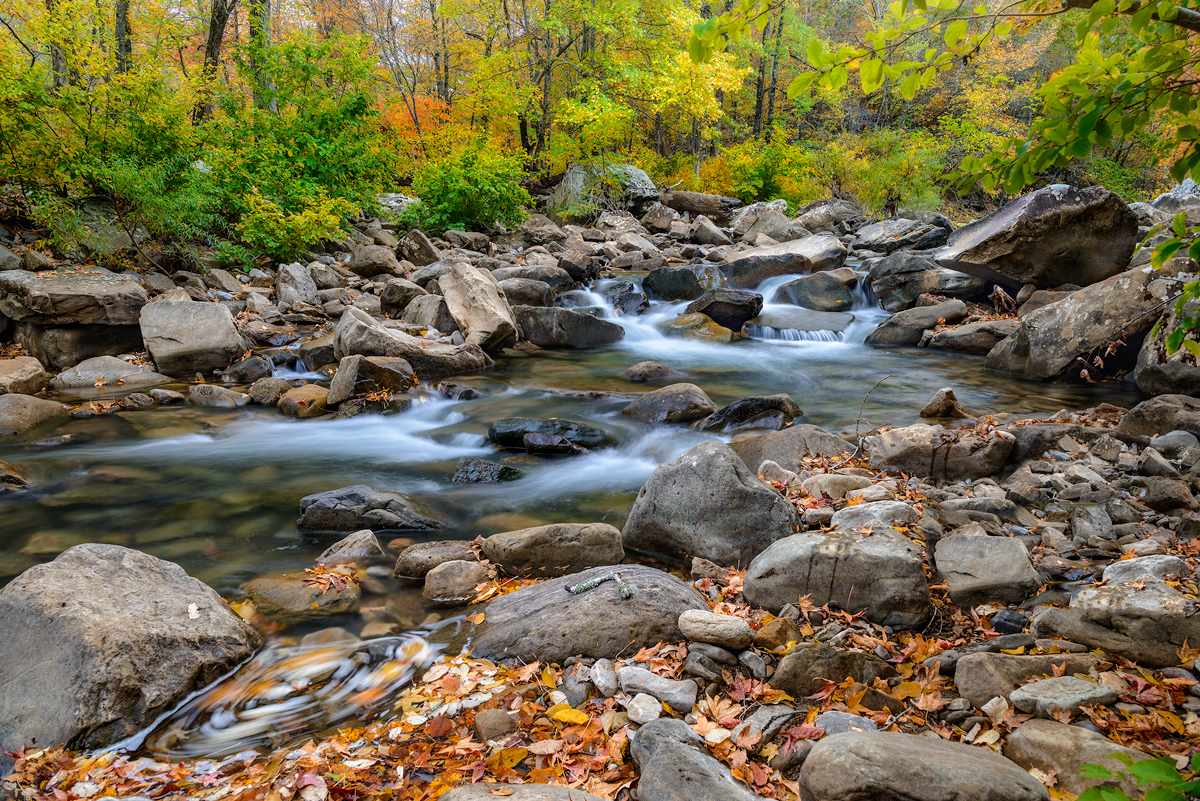
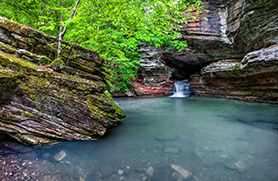
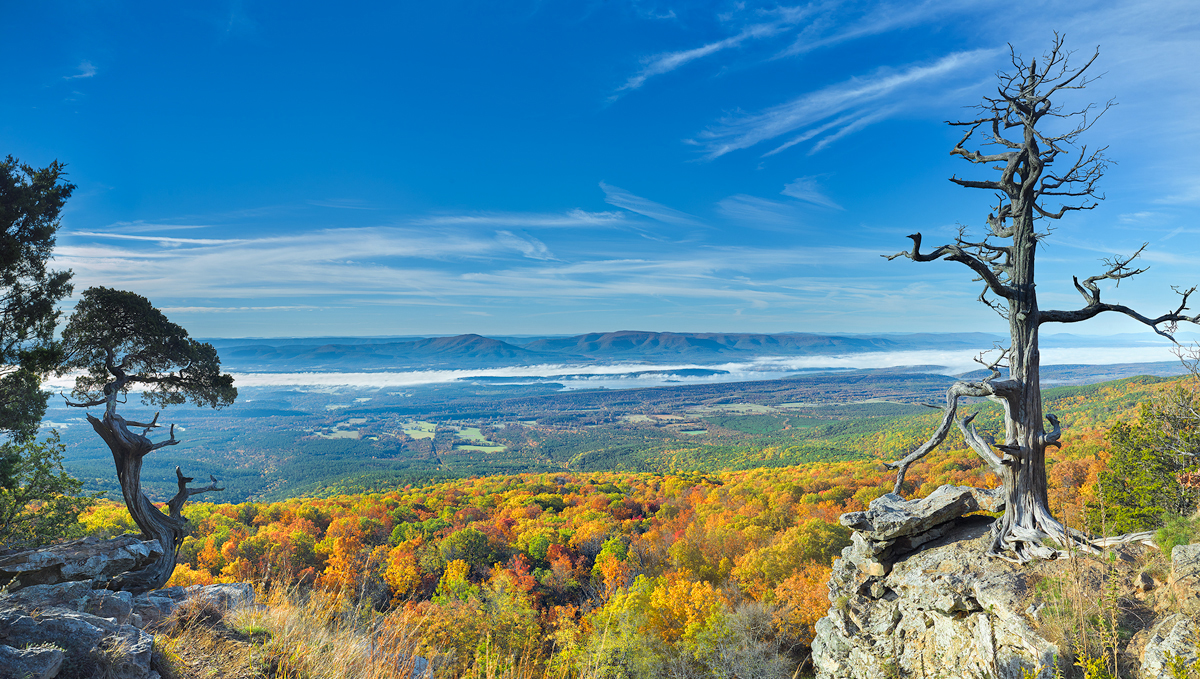
Recent Comments